Laser cutting has revolutionized modern manufacturing, offering precision and efficiency in shaping metals and other materials. However, one critical aspect that engineers and fabricators must consider is the heat-affected zone (HAZ). This region, altered by the intense thermal energy of the laser, can influence material properties, structural integrity, and overall part performance. Grasping the nuances of HAZ is essential for optimizing laser cutting processes and ensuring high-quality results.
The heat-affected zone refers to the area surrounding the cut where the material's microstructure undergoes changes due to exposure to high temperatures. Unlike the molten material ejected during cutting, the HAZ remains solid but experiences thermal cycles that modify its mechanical and metallurgical characteristics. The extent of this zone depends on several factors, including laser power, cutting speed, material thickness, and thermal conductivity.
Material Response to Thermal Stress
Different materials react uniquely to the thermal input from laser cutting. Metals like stainless steel and aluminum exhibit distinct HAZ behaviors due to their varying thermal properties. Stainless steel, with its lower thermal conductivity, tends to develop a more pronounced HAZ compared to aluminum, which dissipates heat rapidly. The phase transformations and residual stresses induced in the HAZ can lead to hardening, softening, or even cracking, depending on the material composition and cooling rates.
For instance, carbon steels may experience martensite formation in the HAZ, increasing hardness but reducing ductility. On the other hand, aluminum alloys might suffer from precipitate dissolution, weakening the material locally. Understanding these responses allows manufacturers to adjust laser parameters or implement post-processing treatments to mitigate undesirable effects.
Process Parameters and HAZ Control
Controlling the heat-affected zone begins with optimizing laser cutting parameters. Higher laser powers can increase cutting speeds but may also enlarge the HAZ if not balanced properly. Conversely, slower speeds allow more time for heat conduction, potentially spreading the thermal impact. Pulse frequency and beam quality also play roles in determining how heat accumulates in the material.
Advanced techniques such as pulsed laser cutting or the use of assist gases like nitrogen or argon can help manage the HAZ. These gases not only eject molten material but also cool the cut edges, reducing thermal diffusion. Additionally, ultrashort pulse lasers (e.g., picosecond or femtosecond lasers) minimize HAZ by delivering energy in bursts so brief that heat has little time to propagate into the surrounding material.
Implications for Part Performance
The presence of a heat-affected zone isn’t inherently detrimental, but its impact must be evaluated based on the application. In precision components where dimensional stability is crucial, an uncontrolled HAZ can lead to warping or distortion. For load-bearing parts, altered mechanical properties in the HAZ might compromise fatigue resistance or tensile strength.
Post-cutting treatments such as annealing or mechanical finishing can alleviate some of these issues. Annealing relieves residual stresses, while processes like grinding or polishing restore surface integrity. However, these additional steps add cost and time, making it preferable to minimize HAZ during the initial cutting phase whenever possible.
Innovations and Future Directions
Research continues to push the boundaries of laser cutting technology, with a focus on reducing HAZ without sacrificing productivity. Hybrid approaches combining lasers with waterjet or plasma cutting are being explored to leverage the strengths of each method. Meanwhile, advancements in real-time monitoring systems enable dynamic adjustment of laser parameters based on thermal feedback, ensuring consistent cut quality.
Another promising area is the development of predictive models using machine learning. By analyzing vast datasets of material behaviors under different cutting conditions, these models can recommend optimal settings to achieve minimal HAZ for specific applications. As lasers become more powerful and precise, the industry moves closer to achieving near-HAZ-free cutting for even the most thermally sensitive materials.
Conclusion
The heat-affected zone remains a fundamental consideration in laser cutting, bridging the gap between theoretical precision and practical outcomes. By deepening our understanding of HAZ formation and its consequences, manufacturers can make informed decisions that enhance both process efficiency and product reliability. As technology evolves, the ability to control or eliminate HAZ will further solidify laser cutting’s role as a cornerstone of modern fabrication.
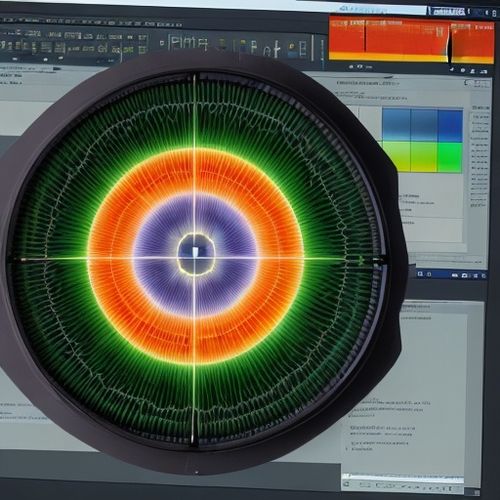
By Megan Clark/Apr 28, 2025
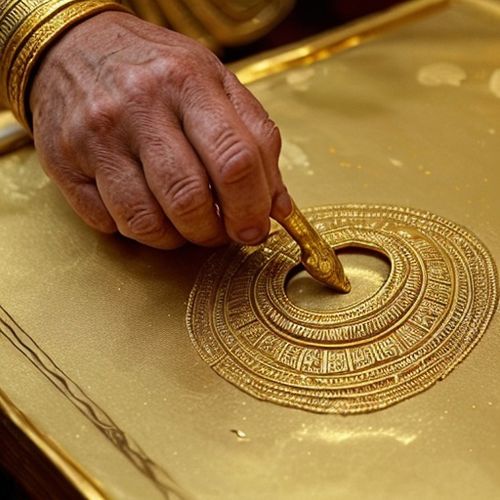
By Daniel Scott/Apr 28, 2025
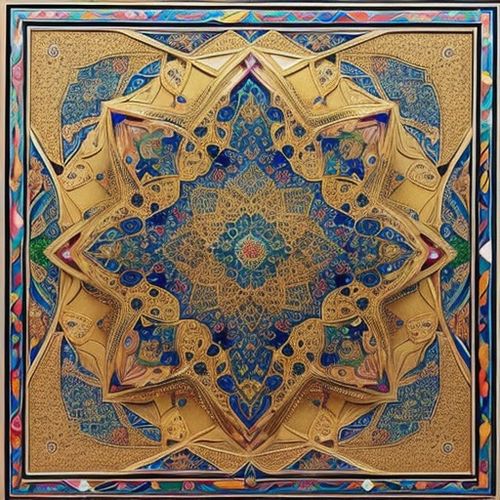
By Christopher Harris/Apr 28, 2025

By Daniel Scott/Apr 28, 2025
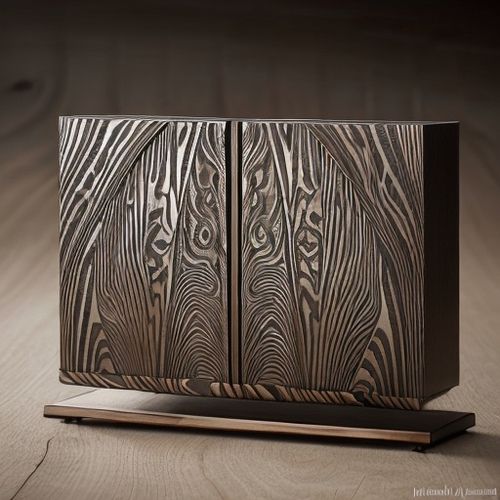
By Megan Clark/Apr 28, 2025

By Grace Cox/Apr 28, 2025
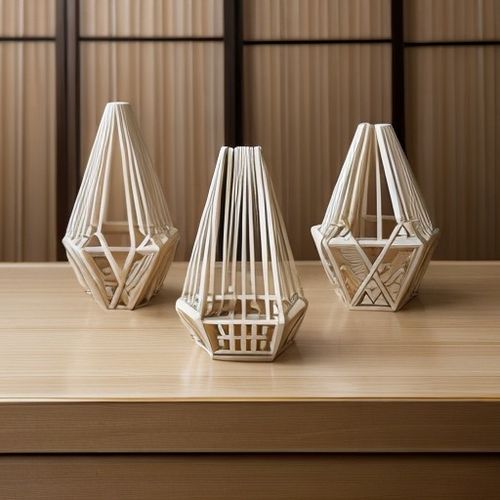
By James Moore/Apr 28, 2025
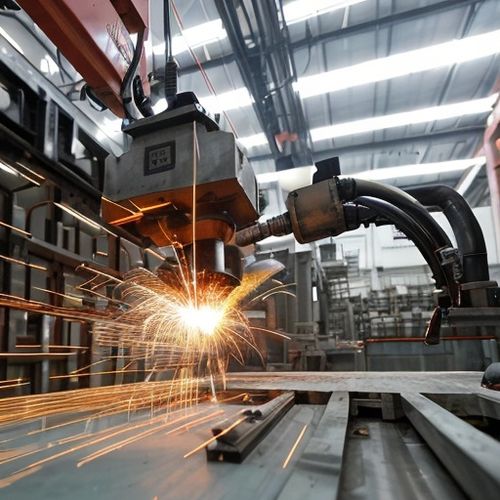
By Rebecca Stewart/Apr 28, 2025

By Jessica Lee/Apr 28, 2025

By Laura Wilson/Apr 28, 2025
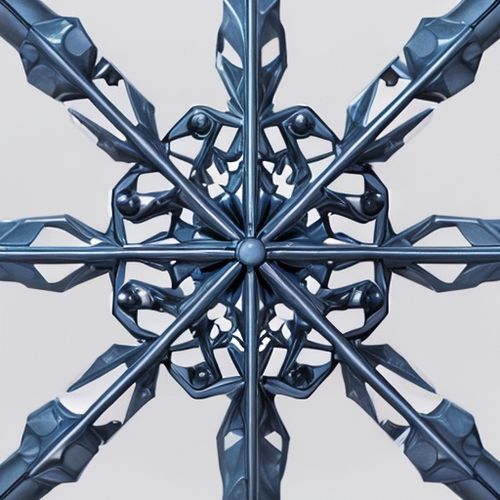
By Emily Johnson/Apr 28, 2025

By John Smith/Apr 28, 2025
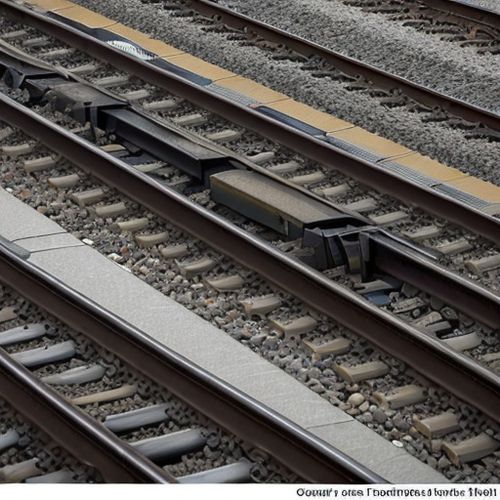
By Thomas Roberts/Apr 28, 2025
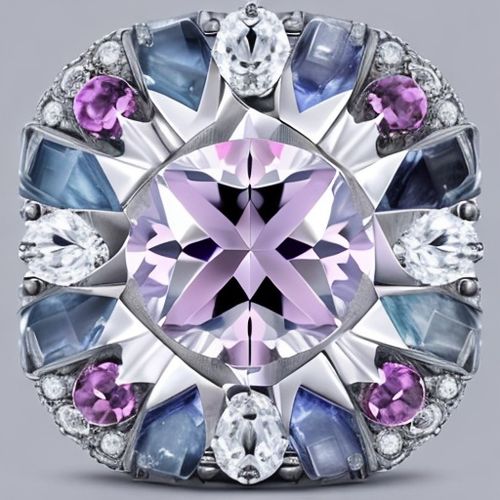
By Emma Thompson/Apr 28, 2025
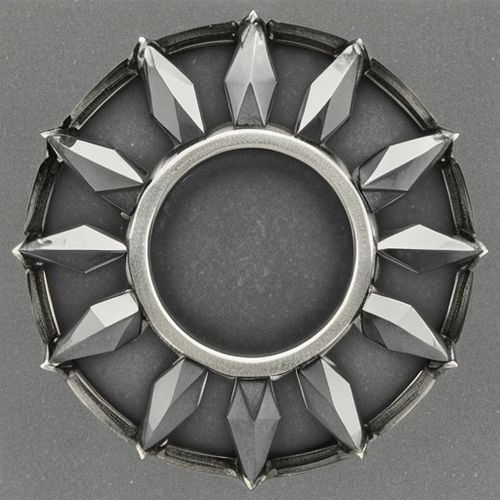
By John Smith/Apr 28, 2025
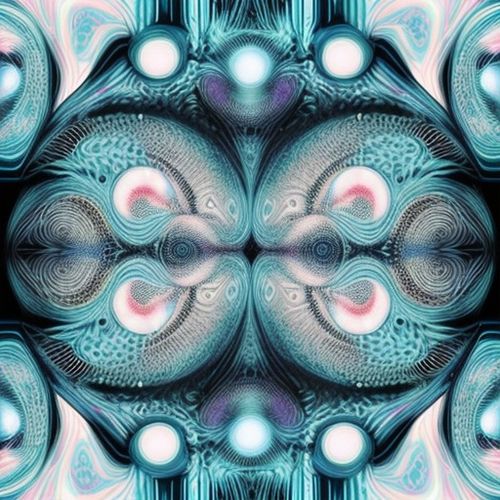
By David Anderson/Apr 28, 2025

By Olivia Reed/Apr 28, 2025
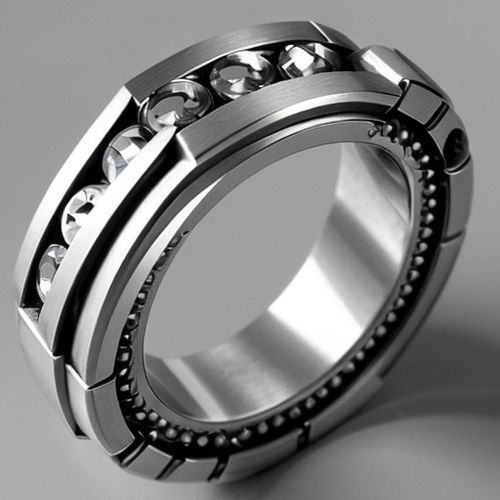
By Christopher Harris/Apr 28, 2025

By Emily Johnson/Apr 28, 2025

By Grace Cox/Apr 28, 2025